
The “Guarantee” of Obtaining a Patent
Many clients express a desire to “guarantee” obtaining a patent on their idea or invention. However, the expectation of guaranteeing a patent is unrealistic. If a patent attorney or agent, or patent expert or consultant, or prior art searcher offers this, then tread with caution.

Inventor Resources: Mentorship, Funding, and Support
Some of the questions I frequently come across have to do with determining whether one should use outside legal assistance, where to attain funds for a start-up venture, how to go about building a prototype for a concept idea, and whether or not to consider licensing of a patent — before or after one may even be granted — just to name a few.

Video: Inside the Patent Process
Recently I was given the opportunity to share some patent examining wisdom during a monthly gathering of local small business owners including: expectations during the patent process, pitfalls to avoid and lessons learned, the importance of filing for patent protection, who should or should not file for a patent, and more …

Inventors: Connecting with the Right People
As an independent inventor, venturing off on your own in search of a patent can be quite a daunting journey. Fortunately, there are a wealth of resources and professionals available to assist along the way.
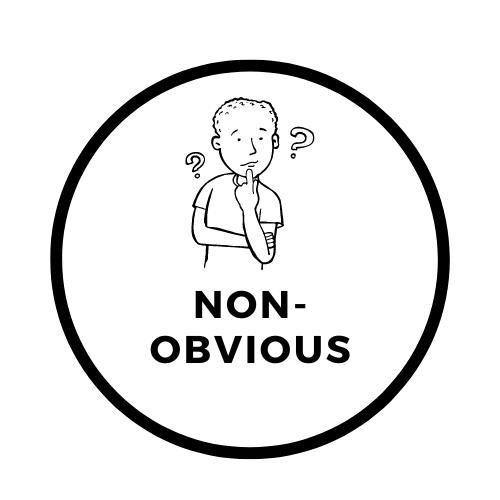
Non-Obviousness in a Nutshell
Obviousness may be one of the most important considerations in determining whether or not an invention is granted a patent. It also may be one of the most difficult to both explain and determine.
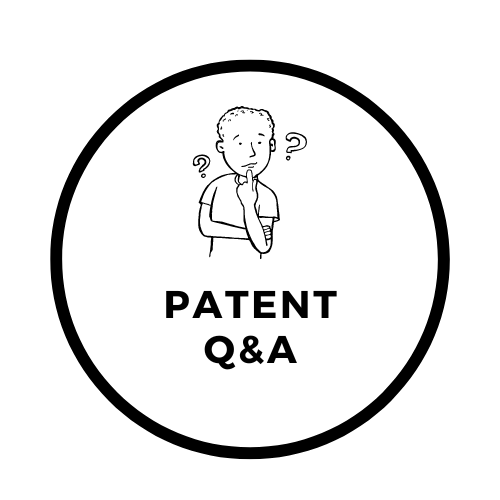
Why does it take so long to receive a patent?
On average one can expect to receive a patent 1.5–2 years after filing with the United States Patent and Trademark Office (USPTO)
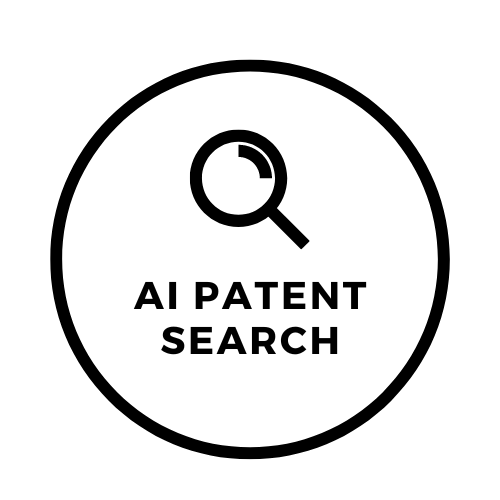
AI Search Concerns
Recently I had the opportunity to test-drive an AI engine used for prior art reference searching — specifically for uncovering relevant patents based on natural language input combined with emphasis on select keywords.

The USPTO Patent Search Strategy: Step 6— Expand Your Search
Last step … go beyond the U.S. Patent and Trademark Office. And that involves more than just a “Google search” … broaden your search with foreign patents, non-patent literature and/or a patent professional’s search.

The USPTO Patent Search Strategy: Step 5— Citation References
Why not enlist the help of others that have already done the work to help you along in your search for prior art?

USPTO Free Online Trainings
The U.S. Patent and Trademark Office offers a wealth of informational resources free to the public. One of these valuable resources are known as SOaR training events (Stakeholder Offerings and Resources).

The USPTO Patent Search Strategy: Step 4— Classification Search
Expand the prior art search with relevant Cooperative Patent Classification (CPC) assignments.

Three Approaches to Prior Art Search
If you’ve got an invention or an idea that you believe is worth patenting, the first step should be to research if it has already been done. This type of research is known as a prior art search.
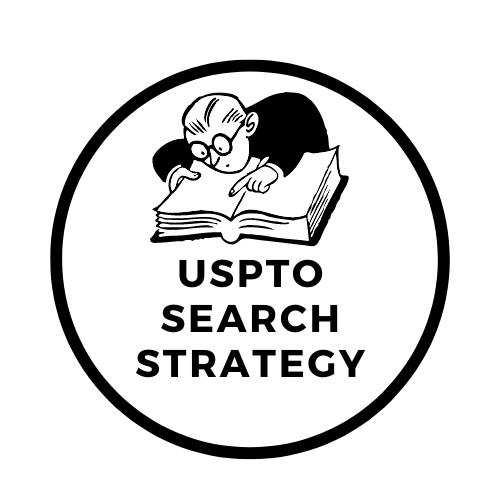
The USPTO Patent Search Strategy: Step 3— Patent Literature Review
So you feel pretty good about your keyword search results and you are ready to investigate just how closely (or not) the patents you have uncovered match your invention.

Difference between a Patent Search and a Prior Art Search
The term “patent search” can be both misleading and very limiting when it comes to researching whether or not an idea or invention may be patentable.

The USPTO Patent Search Strategy: Step 2 — Keyword Searching
Step 2 of the USPTO Patent Search Strategy is as follows: conduct a keyword search using Patent Public Search.

The USPTO Patent Search Strategy: Step 1 — Brainstorming
This is a shallow dive into the first step of the six that the USPTO recommends in how to undertake a successful prior art search.

Using AI for Prior Art and Patent Searching
AI as a search tool appears here to stay. However, there are some concerns that prior art searchers should be aware of when researching the patentability of a particular invention.

The USPTO Patent Search Strategy: An Introduction
So you have an idea that you believe is worth patenting. Fantastic. What are your next steps?
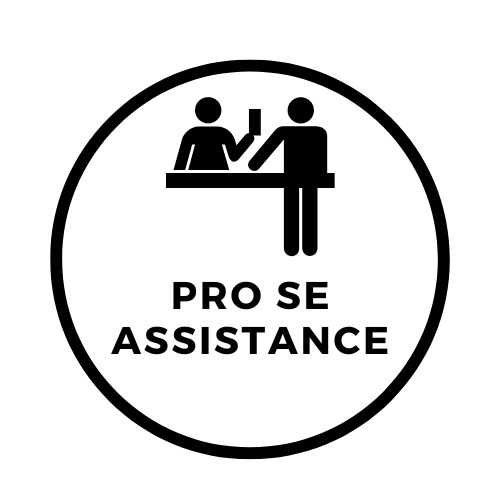
Pro Se Assistance through the USPTO
The United States Patent and Trademark Office, otherwise known as the USPTO, is the end-all-be-all of granting patents and trademarks.